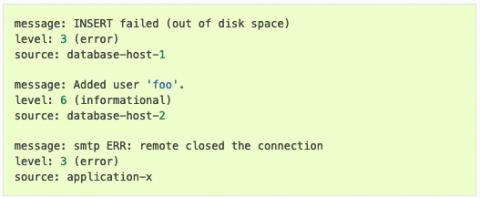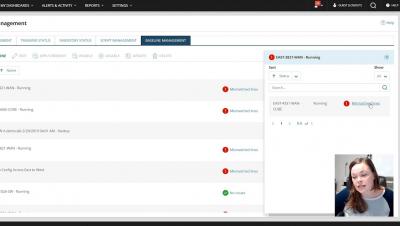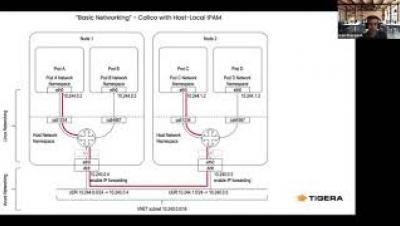Operations | Monitoring | ITSM | DevOps | Cloud
Security
The latest News and Information on CyberSecurity for Applications, Services and Infrastructure, and related technologies.
Event Log Management for Security and Compliance
Security log management is the process of collecting, storing, and correlating the network data that details all activity in your systems and networks. Every action in an organization’s network generates event data, including records produced by operating systems, applications, devices, and users. The Center for Internet Security (CIS) identifies log management as a basic control for detecting malicious actors and software hiding in networks and on machines.
Threats That Data Analysis Can Protect You From
In our latest post we’re covering a range of the different kinds of problems and threats data analysis can help protect your business from. We’ve brought together some of our favourite experts working in big data, cybersecurity and tech to shed light on some of the practical applications of using data analysis for protecting your operations.
Data Breach Detection Measures Include Using a Data Loss Prevention System
The network security basics for your organization should include some type of data breach detection tools. Data breaches are on the rise in recent years, including stealing personal information about employees and customers. From credit card numbers to social security numbers and pay records, hackers have stolen a wide range of data from businesses of all sizes. Any business that does not have data breach detection measures in place is vulnerable.
5 Things to Know When Choosing Open Source SIEM Tools
Security Information and Event Management (SIEM) tools focus on insights into IT environments and tracking records of all their operations. These IT environments can be application infrastructures, physical networks, and cloud networks. SIEM initially evolved from the log management discipline, which involved integrating security events with security information to collect, analyze, and report on activities in networks.
Sumo Logic Cloud SIEM overview
Building a Zero-Trust Model With SolarWinds Security Tools - SolarWinds Lab Episode #92
Getting up and running with Calico on AKS
Solving Microservices Connectivity Issues with Network Logs
The network is foundational to distributed application environments. A distributed application has multiple microservices, each running in a set of pods often located on different nodes. Problem areas in a distributed application can be in network layer connectivity (think network flow logs), or application resources unavailability (think metrics), or component unavailability (think tracing).











